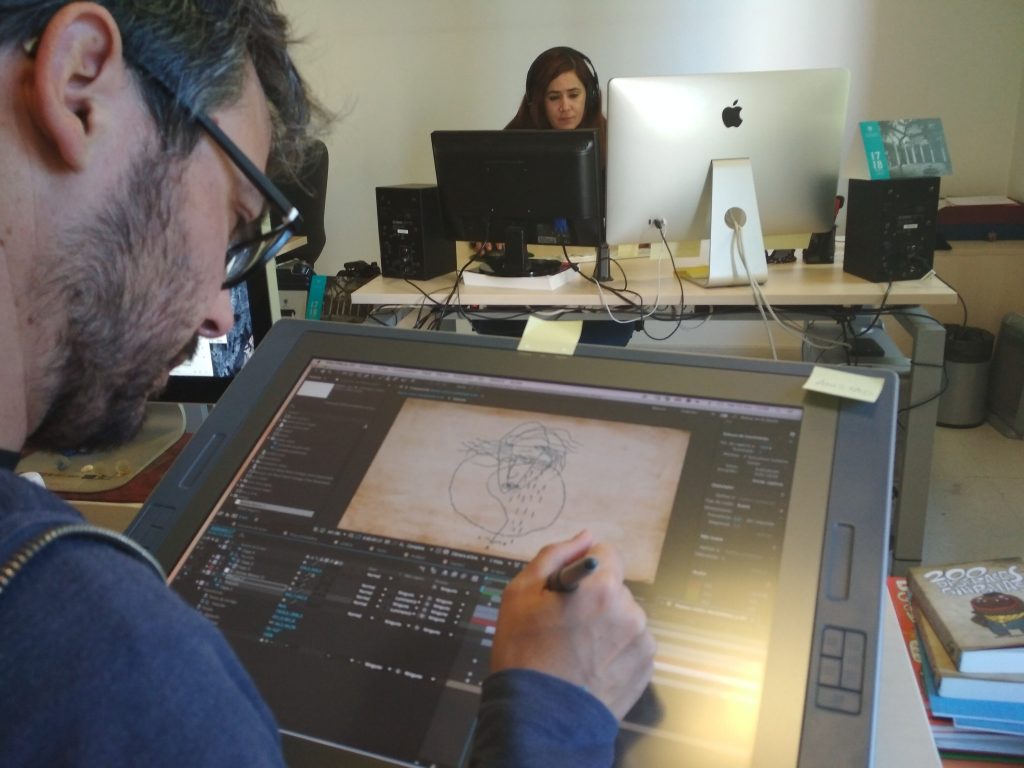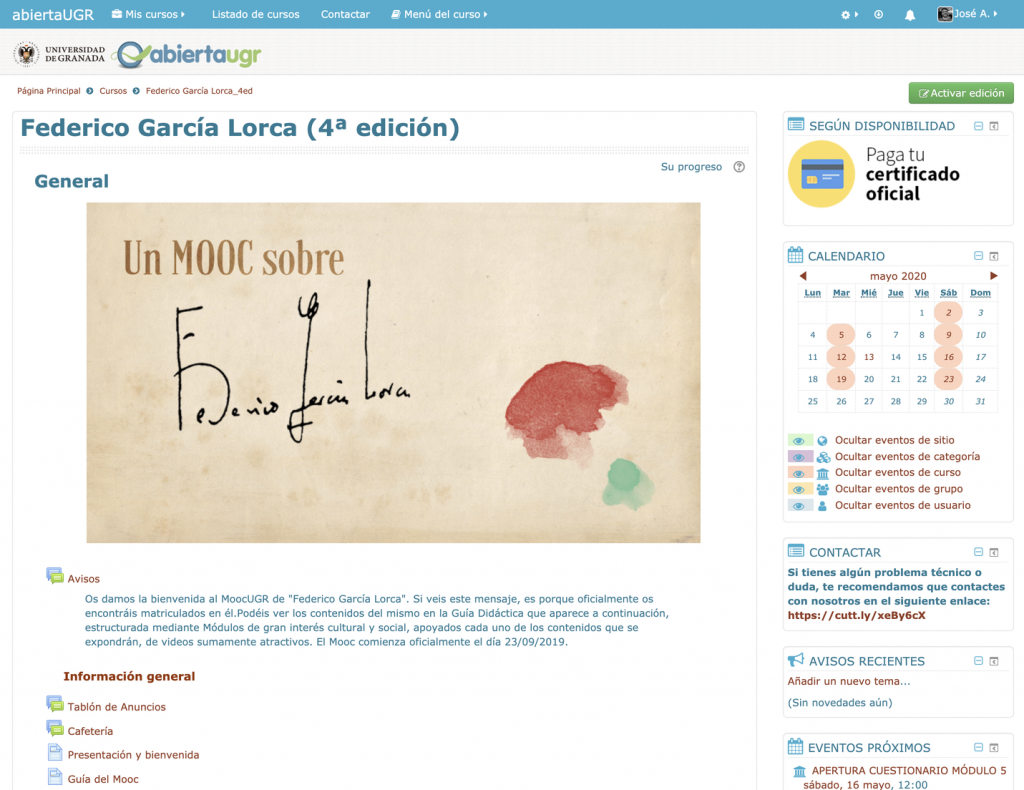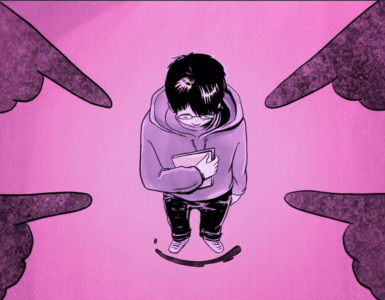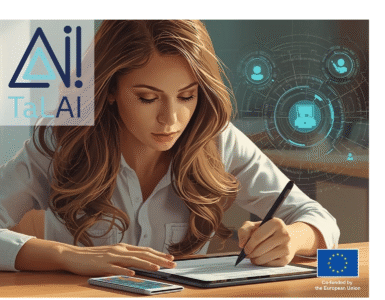The finalists in this year’s MEDEA Awards were announced in May, You can read about them here, the winner will be announced in October. Each month we are featuring one or more of this year’s finalists. In this article it is the turn of University of Granada who submitted a MOOC about Federico Garcia Lorca.
Our Massive Open Online Course (MOOC) about Federico García Lorca is open to anyone interested in the author’s life and work. One of the specific features of this MOOC is that anybody can participate without any prior expertise or knowledge. In this way, we are trying to transfer knowledge generated in the university to society, part of the mission of higher education institutions. This MOOC is based on an approach to instructional and pedagogical design that has addressed every detail. The main goal of this design has been to foster comprehensive, direct, online and open knowledge. This knowledge is accessible to anyone who is interested in the work of Federico Garcia Lorca but with all the exactitude and quality of a university course.
Despite being a course aimed at a broad public, the hard work of tutoring and engagement is done with the intention of motivating students to complete the course and to collect feedback about their learning experience. Forums and social networks are used for this purpose. These tools enable the sharing of reflections and questions amongst participants, thus leveraging the benefits of a collaborative learning approach inside the virtual community that is created.
Creating the Federico Garcia Lorca MOOC
The main objective of the MOOC about the writer Federico García Lorca that we created in the University of Granada was to bring the work of this international artist closer to the attention of the general public and to make it more accessible. With the exception of Cervantes, García Lorca is the most studied Spanish writer over time. His work covers multiple genres, shapes, topics and artistic practices that show the real dimension of a complete and extraordinary artist. All these aspects were important in the design of this MOOC.

The main goal of the resources elaborated for this course was to show the general characteristics of the writer’s work and the artistic and cultural period in which he lived in audiovisual language. In this way, anyone interested in this literary movement would be able to understand the key aspects of this period in Spanish literature thanks to the visual and creative capability of the resources that we provided. In keeping with this objective, we developed the different modules of the course through a meticulous process of documenting audiovisual materials that provided the necessary information, pictures, original work and settings of the writer’s life.
Another remarkable aspect of this course is the design of animations that complement and explain some of the features of the writer’s style. They try to express in a more graphical and visual way the symbolic universe of the poet. Furthermore, the animations were created from illustrations and texts painted by Federico García Lorca himself.
In summary, the course that we created provides a set of pedagogical resources with rich and meaningful content that speaks directly to the student. For this purpose, the material has been created in a visual, clear and simple way to facilitate students interested in learning about and understanding the work of Federico García Lorca.

About the creator
The Multimedia Design and Production Area of the Resource Production Centre for the Digital University (CEPRUD) was created in September 2015. From the very beginning, one of its main objectives has been training, as well as the creation and own production of multimedia materials for face-to-face, blended and online teaching, including those projects that arise from the MOOCs initiative of University of Granada.

The MOOC about Federico García Lorca has been a great challenge for the area, both in terms of documentation and identification of different materials, as well as in the creation of new images and audiovisual contents that can illustrate the symbolic universe of Lorca. This was a key to understand the writer’s work.
The fusion between audiovisual, graphic design and animation has been essential in this project, as well as the coordinated work between the different people involved. Raquel Pérez Martínez was in charge of the pedagogical part and Emilio Arjona Heredia was responsible for the technical issues (supporting virtual learning environment). They worked closely with the rest of the team in the Multimedia Design and Production Area: Marisa García, Ildefonso Cordero, Jara Catalan, José A. Bautista and Olga Ruano. Also they had the support of external recording staff, José Manuel Domingo and Fulgencio Martínez in Lighting.

Author
Encarna Alonso
Academic Coordinator, University of Granada, Spain













